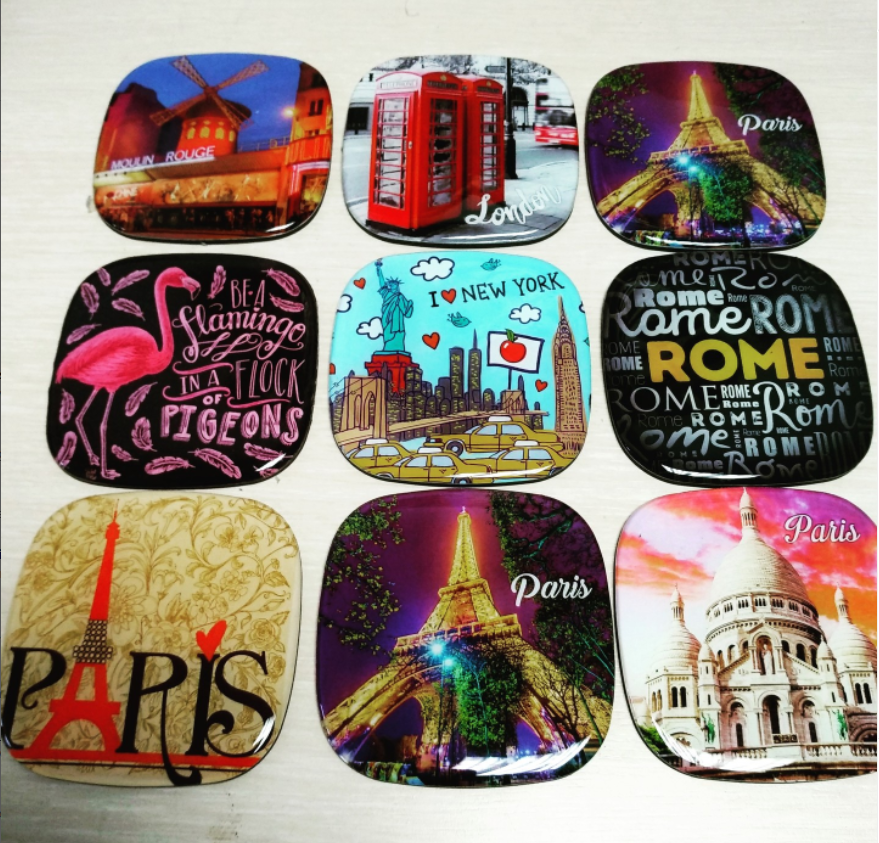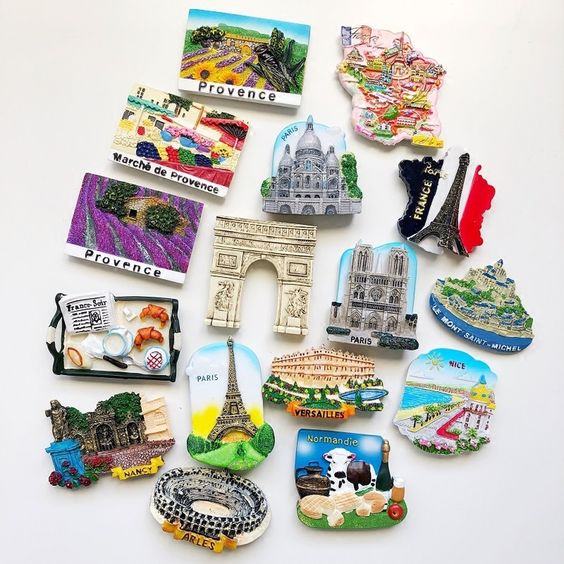In the ever-evolving landscape of international trade, where markets transcend boundaries and commerce knows no geographical limits, the allure of sourcing products from China has become an undeniable facet of strategic business endeavors. For those embarking on the trajectory of procuring tourist souvenirs, the expansive realm of China’s manufacturers presents itself as a promising gateway.
Yet, beneath this seemingly golden opportunity, an intricate tapestry of potential pitfalls lurks, each thread threatening to unravel the fabric of even the most meticulously planned sourcing strategies. This guide stands as an unwavering lighthouse, cutting through the fog of uncertainty to illuminate the paramount missteps that foreign purchasers, importers, distributors, and wholesalers must vigilantly evade while treading the intricate path of importing products from China.
The Foundation of Trust: Comprehensive Supplier Vetting

As the cornerstone of successful supply chain dynamics, trust forms the bedrock upon which lasting relationships are forged. The journey toward securing reputable suppliers commences with an exhaustive process of meticulous vetting.
1: Define Your Requirements
Just as a cartographer maps the course, a successful procurement process begins with a precise definition. Articulate the intricate specifications of your coveted tourist souvenirs, crafting a blueprint that outlines the finest details, from material composition to dimensions, quantities, and bespoke customization requisites.
2: Conduct Extensive Supplier Research
The digital realm, often referred to as the “global village,” hosts an expansive marketplace bustling with opportunities. Virtual platforms, industry expos, and trade networks serve as conduits for the identification of potential suppliers. However, this stage transcends mere identification; it entails a profound investigation into each prospective partner’s credentials, historical trajectory, and reviews from past interactions.
Tip 1: Beyond One, Seek Many
In the intricate dance of international trade, diversification emerges as a cardinal principle. Rather than tethering your fate to a solitary supplier, embrace a multipronged approach. Engage with a diverse array of suppliers, minimizing the perils associated with undue reliance on a sole source.
Quality Assurance: A Non-Negotiable Criterion

In a realm where product excellence is non-negotiable, the assurance of uncompromised quality is a matter of paramount significance.
Request and Evaluate Samples
Visualizing quality is an art; tangible samples become its canvas. Prior to embarking on substantial orders, procure representative samples of your desired tourist souvenirs. Hold them, scrutinize them, and discern their quality, design intricacies, and overall compatibility with your envisioned offerings.
Employ Third-Party Inspection Services
In the realm of quality assurance, objectivity reigns supreme. Enter the stage of third-party inspection services, akin to impartial adjudicators. These professionals lend an external perspective, evaluating products at various junctures of their manufacturing process, thereby safeguarding your brand’s reputation.
Tip 2: Talk about Transparency
Quality isn’t an afterthought; it’s an ongoing conversation. Construct a bridge of transparent communication with your suppliers, discussing quality expectations candidly. By establishing a common understanding of the desired standards, you eliminate the potential for ambiguities that can undermine the integrity of your products.
Bridging the Gap: Cultural and Communication Nuances

In the grand tapestry of global trade, culture weaves its intricate threads, while communication threads its way through cultural nuances. Ignoring these subtleties can lead to misinterpretations with far-reaching consequences.
Cultivate Cross-Cultural Communication
The world may be connected by technology, but the chasm between cultures persists. Bridge this gap by cultivating cross-cultural communication, embracing cultural sensitivity as a cornerstone of effective collaboration. While digital tools facilitate interactions, employing interpreters elevates the efficacy of your communications.
Tip 3: A Pact of Partnership
Business transcends transactions; it flourishes within partnerships. Forge alliances that are rooted in trust and understanding, investing time to comprehend your suppliers’ cultural values, work ethos, and business practices. This knowledge forges bonds that transcend transactional boundaries.
Navigating the Regulatory Maze
In the realm of international trade, adherence to legal and regulatory standards isn’t just prudent—it’s imperative for sustained success.
Verify Regulatory Alignment
Regulations aren’t mere guidelines; they’re the foundational framework of international trade. Acquaint yourself with the regulatory panorama that governs the import of tourist souvenirs in your intended destination. Certify that your chosen suppliers align with these stipulations, mitigating potential compliance breaches.
Tip 4: Audits Aren’t Afterthoughts
Regulations are dynamic entities, subject to continuous evolution. Schedule regular audits to ensure your suppliers maintain alignment with the ever-evolving legal landscape. This proactive approach safeguards your import processes against compliance vulnerabilities.
Mastering Logistics: The Art of Timing and Routes

The efficiency of your import venture hinges on the seamless orchestration of logistics and shipping. To underestimate their influence is to invite chaos into your supply chain.
Partner with Trusted Freight Forwarders
Logistics is akin to orchestrating a symphony; it requires seasoned expertise to ensure harmony. Forge alliances with experienced freight forwarders specializing in international shipping. These experts navigate the labyrinthine realm of logistics, minimizing delays and disruptions.
Tip 5: Technology as the North Star
In the era of data-driven decision-making, tracking isn’t just a tool; it’s a strategic asset. Leverage cutting-edge technology to monitor shipments in real time, empowering you to anticipate and address potential disruptions before they escalate.
Optimize Shipping Routes and Timing

In the grand tapestry of global commerce, timing isn’t just an afterthought; it’s a strategic lever. Optimize shipping routes to curtail transit durations and associated costs. Time your shipments astutely to prevent supply chain bottlenecks.
Conclusion: Guiding the Way
In the intricate domain of international procurement, dodging pitfalls is more than an imperative; it’s an art form. As you navigate the treacherous waters of sourcing products from China, let this guide be your beacon. Armed with wisdom, fortified by strategy, may your journey be marked by the acquisition of superlative products, fortified partnerships, and an indelible legacy of excellence.
In the grand tapestry of commerce, mastery isn’t a destination; it’s a journey. As you traverse the complexities of importing from China, let knowledge and strategy be your compass, and may success be your ultimate destination.
- Crafting Your Brand’s Identity: The Power of Private Label & Custom Souvenirs - November 12, 2025
- Resin vs Ceramic for Bulk Souvenirs: A B2B Comparison of Cost, Durability, and Shipping Weight - November 5, 2025
- Strategic Content Roadmap: Positioning CraftMGF.com as the Global Authority in Custom Souvenir Sourcing - October 30, 2025




